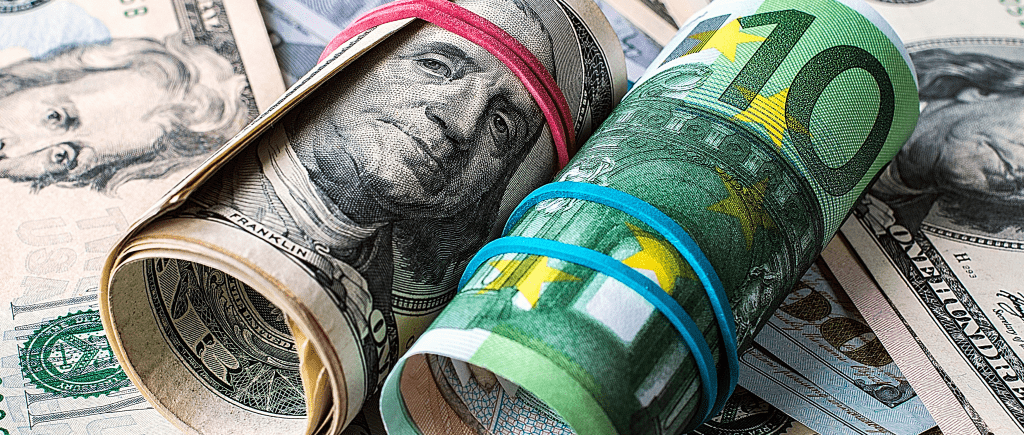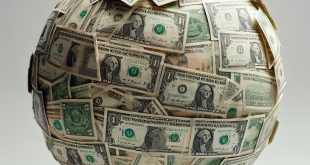The EUR/USD exchange rate dropped to 1.16894, down 0.09%, as U.S. President Donald Trump announced new tariff rates for the European Union (EU). Following 50% tariffs on Brazilian imports and 35% on Canadian goods effective August 1, trade tensions have intensified, pressuring the Euro. Traders are closely watching U.S.-EU negotiations, while the European Central Bank (ECB) maintains a cautious monetary stance, leaving the Euro vulnerable to further declines.
Tariff Policy and Economic Impact
Trump’s proposed tariffs, rising from 10% to 15-20%, threaten the $600 billion U.S.-EU goods trade, particularly affecting EU automotive and manufacturing sectors. German carmakers, reliant on U.S. markets for 14% of their output, face reduced competitiveness. These tariffs could cut EU GDP by 0.3–0.5%, with Germany potentially facing a 0.4% contraction. In the U.S., higher tariffs may drive inflation above 2.35%, challenging the Federal Reserve’s price stability efforts. The EUR/USD pair’s daily range of 1.16642–1.17136 reflects heightened market volatility.
ECB’s Policy Response
ECB policymakers advocate a cautious approach to monetary policy. On July 9, Robert Holzmann indicated that current borrowing costs are sufficiently stimulative, reducing the need for rate cuts. Joachim Nagel emphasized data-driven decisions amid uncertainty. On July 11, Fabio Panetta urged flexibility to ease policy if disinflationary pressures, projected at 1.4% for early 2026, intensify due to trade tensions. With the ECB’s deposit rate at 2% after eight cuts, this stance may support the Euro but struggles to counter tariff-related pressures.
EU policymakers seek tariff exemptions through proposals like the “zero-for-zero” deal on industrial goods and diversify export markets, as South Africa has done by targeting Asia. Investors may find stability in safe-haven assets like gold, priced at $2,600 per ounce. Monitoring ECB speeches from Panetta and Piero Cipollone on Friday provided clarity on Eurozone responses. Until a U.S.-EU trade resolution emerges, the Euro faces ongoing pressure and volatility.

 Noor Trends News, Technical Analysis, Educational Tools and Recommendations
Noor Trends News, Technical Analysis, Educational Tools and Recommendations




